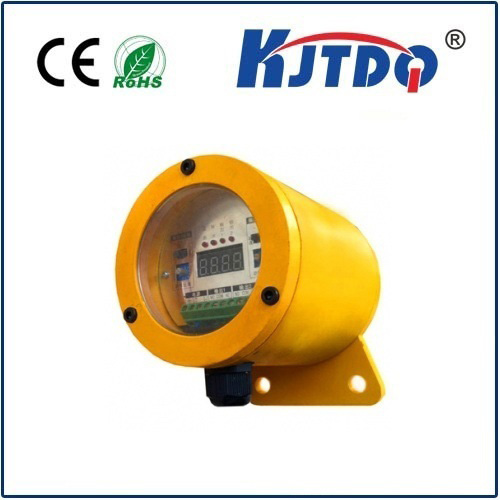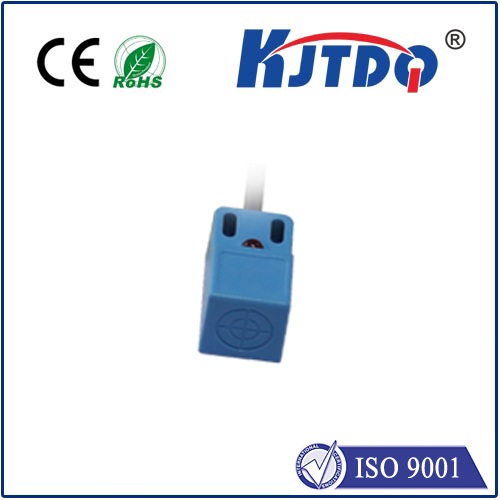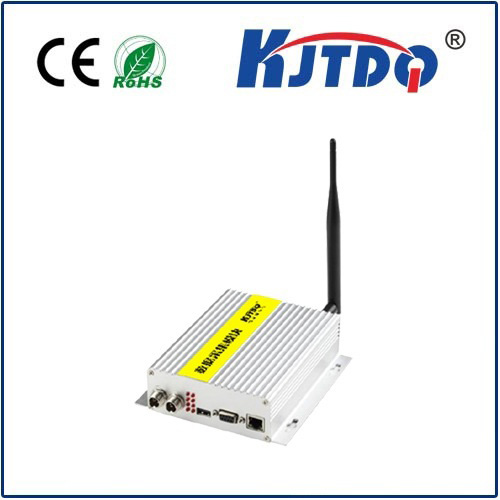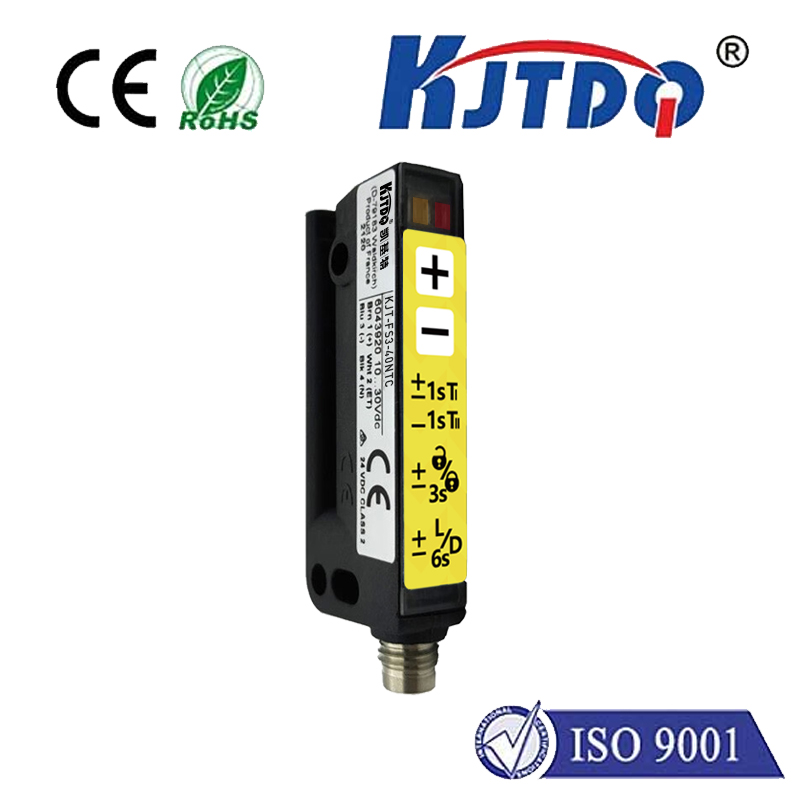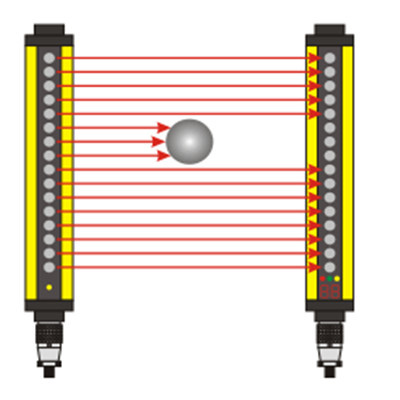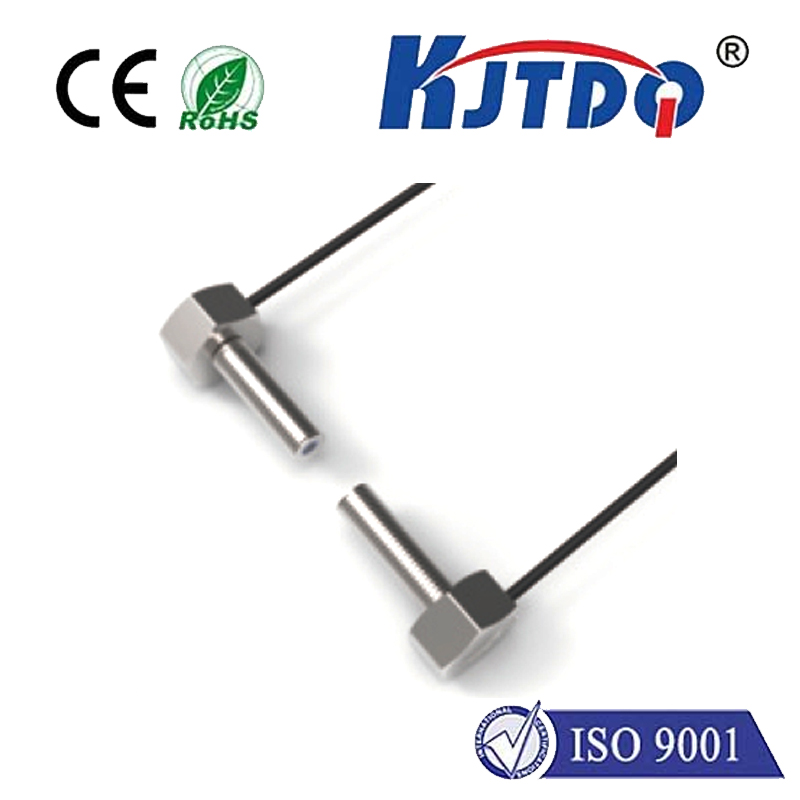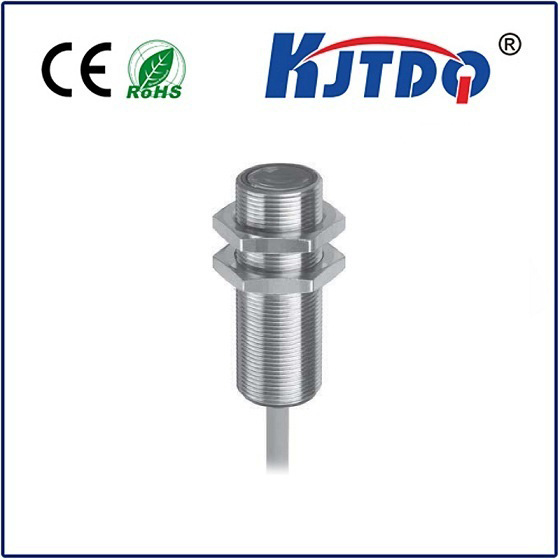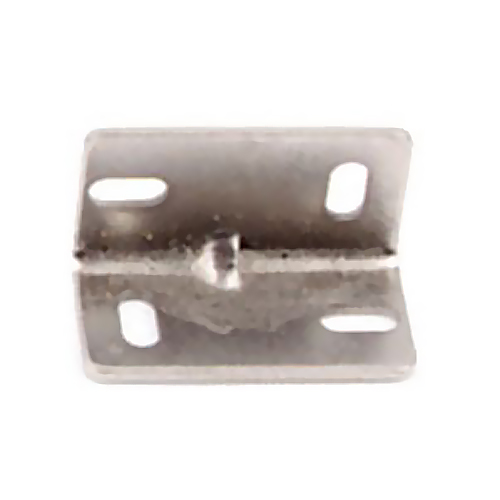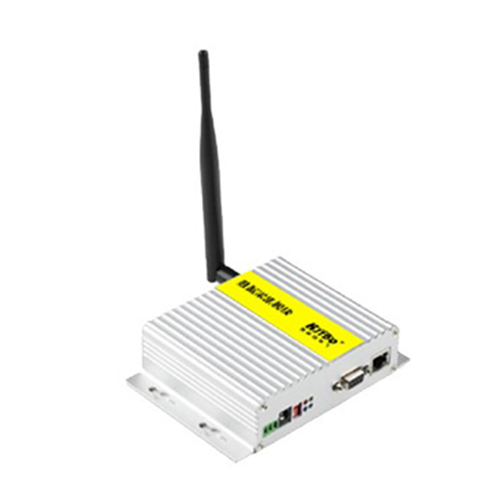digital photoelectric sensor
- time:2025-09-11 00:10:43
- Click:0
Unseen Guardians: How Digital Photoelectric Sensors Power Modern Automation
In the heartbeat of modern factories, warehouses, and intricate machinery, silent sentinels stand watch. They make split-second decisions, triggering actions, counting products, verifying positions, and safeguarding processes without fanfare. These indispensable components are digital photoelectric sensors – the fundamental eyes of automation. Understanding their function, versatility, and critical role is key to appreciating the seamless operation of countless systems we rely on daily.
Beyond Simple Light Detection: The Digital Advantage
At their core, photoelectric sensors detect the presence, absence, or distance of objects using light. But the “digital” prefix signifies a crucial evolution. Unlike older analog variants that provide a variable output signal, digital photoelectric sensors deliver a crisp, unambiguous signal: typically a simple ON or OFF state (like a switch closing or opening). This binary output is achieved through sophisticated internal circuitry that processes the detected light signal and compares it against preset thresholds.
The fundamental principle involves an emitter (usually an LED, sometimes a laser diode) casting a light beam – often infrared for its immunity to ambient light interference, or visible red for easier alignment. A receiver, positioned depending on the sensor type, detects this beam. The sensor’s digital electronics constantly monitor the beam’s status. When an object interacts with the beam – either blocking it, reflecting it back, or altering its intensity in a significant way – the sensor’s internal circuit flips its output state. This clear, high-speed digital signal is instantly usable by Programmable Logic Controllers (PLCs), robots, or other control systems without further complex signal conditioning.

Core Configurations: Choosing the Right “Eye”
Not all detection tasks are the same. Digital photoelectric sensors come in several primary configurations, each excelling in specific scenarios:
- Through-Beam (Opposed Mode): The gold standard for long-range and highly reliable detection. Here, the emitter and receiver are separate units, facing each other. Detection occurs when the target object breaks the beam traveling between them. This method offers the longest sensing ranges (often meters) and is highly immune to target color, reflectivity, or surface finish. Ideal for large object detection, precise positioning, or high-speed counting where maximum reliability is paramount.
- Retro-Reflective: A single housing contains both the emitter and receiver. The emitted beam is directed towards a specialized reflector (like a corner-cube or prismatic tape), which sends the beam directly back to the receiver. Detection occurs when the object interrupts the beam path to the reflector. This offers a good balance of range (longer than diffuse, shorter than through-beam) and ease of installation (only one unit to wire and mount compared to through-beam). Crucially, retro-reflective sensors are designed to ignore targets that reflect light poorly but detect targets that block the beam effectively.
- Diffuse (Proximity Mode): The most common and generally compact type. The emitter and receiver are housed together and rely on the target object itself reflecting the emitted light beam back to the receiver. Detection is based on the intensity of the reflected light exceeding the sensor’s threshold. This makes installation simple (only one unit), but sensing range is typically shorter and performance can be influenced by the target’s color (dark absorbs light, reduces range), surface finish (shiny reflects better than matte), and angle. Great for close-range detection of objects where mounting opposing units isn’t feasible.
- Background Suppression (BGS) / Foreground Suppression (FGS): Advanced diffuse sensors that intelligently use triangulation or time-of-flight principles. They can discriminate between the target object and objects or surfaces behind (BGS) or in front (FGS) of the desired sensing point. This provides highly precise, position-dependent detection regardless of background reflectivity or varying target surface properties, solving common challenges with standard diffuse sensors.
Why Digital Photoelectrics Rule Industrial Sensing
Their dominance in automation isn’t accidental. Digital photoelectric sensors offer compelling advantages:
- Reliability & Robustness: Digital outputs are immune to the noise and signal degradation issues that plague analog signals in electrically noisy industrial environments. Their solid-state design offers exceptional longevity and resistance to vibration.
- Ease of Integration: The standardized ON/OFF (or PNP/NPN) outputs interface directly and seamlessly with virtually any industrial control system (PLC, robot controller, drive). No complex wiring or signal converters are typically needed.
- High Speed: Capable of switching states incredibly fast (micro to milliseconds), making them perfect for high-speed counting, precision triggering, and rapid conveyor line applications.
- Versatility: Available for an immense range of applications: object detection, counting, level sensing (liquid/solid), edge guiding, web break detection, door and gate monitoring, small part detection, and much more.
- Environmental Resistance: Modern sensors feature rugged housings (metal or high-grade plastic), rated commonly to IP67, IP68, IP69K, protecting them against dust, water jets, and harsh cleaning chemicals.
- Modern Features: Contemporary models include:
- Adjustable Sensitivity: Fine-tune the detection threshold for challenging targets or environments.
- Bright Operation Indicators: Clear visual status signals (LEDs) for easy setup and troubleshooting.
- IO-Link Communication: Beyond simple switching, IO-Link enabled sensors provide diagnostic data (light intensity, operating temperature, contamination warnings) and allow remote parameter setting, enabling predictive maintenance and Industry 4.0 data strategies. This is becoming a major trend.
- Specialized Optics: Focused spots for small objects, polarized lenses to ignore shiny surfaces, fiber optic variants for tight spaces or extreme environments.
Selecting the Right Sensor: Key Considerations
Success hinges on matching the sensor to the application:
- Detection Task: What exactly needs detecting? Presence, absence, position, counting? What level of reliability is critical?
- Target Characteristics: Size, shape, material (transparent, opaque, metallic, plastic), color, surface finish (shiny, matte). Is it consistent or variable?
- Sensing Distance: How far away is the target from the sensor mounting point?
- Operating Environment: Dust, moisture, temperature extremes, vibration, ambient light levels (strong sunlight?), potential for chemical exposure?
- Mounting Constraints: Space limitations? Can emitter/receiver be mounted on opposite sides (enabling through-beam)?
- Output Requirements: PNP or NPN? Normally Open (NO) or Normally Closed (NC)? IO-Link capability needed?
- Special Features: Background suppression required? Need precise position detection? Fiber optic cable needed?
Invisible Engines of Efficiency
From ensuring your car’s windshield wipers activate at the right moment to guaranteeing the precise bottling of beverages, digital photoelectric sensors are fundamental yet often overlooked components. They provide the reliable, high-speed, contactless object detection essential for the accuracy, speed, and safety demanded by modern automated systems. Whether it’s a simple diffuse sensor counting boxes on a line or a sophisticated BGS sensor guiding a robot arm to pick a dark component off a shiny background, their digital clarity, ruggedness, and adaptability make them the unsung heroes of the automated world. As technology evolves, incorporating smarter diagnostics and networking via IO-Link, these sensors will continue to be central to building the increasingly intelligent and efficient factories and processes of the future.






